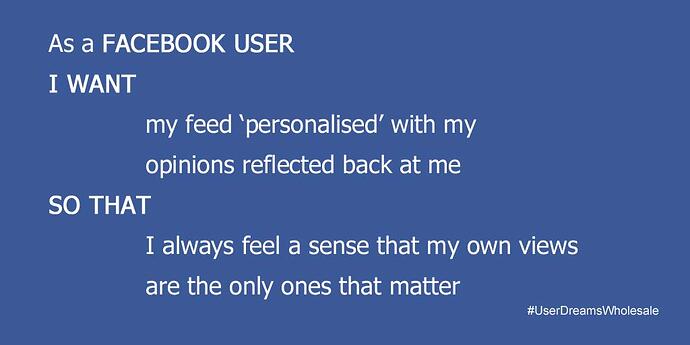This topic is for collecting articles and other resources on Human-centered Design, which is defined by Wikipedia as:
"“User-centered design tries to optimize the product around how users can, want, or need to use the product, rather than forcing the users to change their behaviour to accommodate the product.”
To start off the list I’ll add a nice article by James Mullarkey: If you really are ‘user first’ then you must be ‘surveillance last’. Though this article mostly deals with Big Tech and surveillance capitalism:
If you really are user-centered did you ask your customers if they mind being submitted to third-party tracking just for visiting your site?
Did any of your users during your research mention wanting to have to accept a bunch of cookies trackers just to read on your site as one of their top tasks?
Did they tell you the favourite feature of your website was the benevolent advertising gif from that brand website they were on yesterday?
Would your users be happy knowing that you’re profiting from this tracking? Are be happy to profit from that surveillance?
But these are the kinds of questions that resources in this list should answer, and then applied to the entire design spectrum.
What I particularly like in the article is that it has images of User Stories (the small texts that product designers start with, to describe new features), where the story text depicts what the feature turned out to be, which is completely opposite to what users actually want. An example below (more are in the article):
Or:
(Note, we can use this satirical User Story concept in our own Awareness Campaigns)

